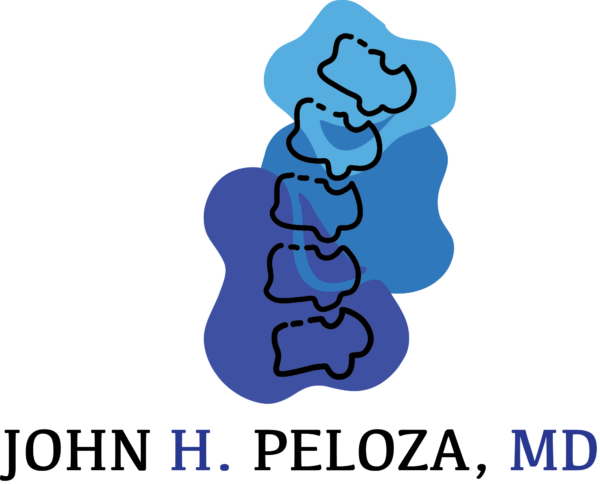
Lumbar Decompression Surgery with iO-Flex
What is Spinal Decompression Surgery?
Spinal decompression is a type of surgery to relieve symptoms caused by pressure on the spinal cord and/or the nerves branching off from it. Pressure (compression) on the nerves or spinal cord can be the result of several factors including:
- Bulging or herniated discs
- Bony growths
- Loosened ligaments.
Symptoms of spinal nerve compression in the low back include:
- Pain in the low back, as well as in the buttocks and down the leg
- Numbness or tingling in the buttocks, leg and foot
- Weakness
Severe cases of nerve compression in the low back (lumbar region) can cause paralysis and problems with bladder and/or bowel function.
How is Spinal Decompression Surgery Performed?
There are several surgical procedures that can be performed to remove the pressure (i.e., decompress) on a nerve or spinal cord. Surgeons often utilize more than one of these techniques. If the spine is unstable, spinal fusion may be required in addition to decompression.
Discectomy: A portion of a disc that has herniated is removed to relieve pressure on the nearby nerves.
Laminotomy/laminectomy: These procedures which increase the size of the spinal canal are very similar. A piece of bone (called the lamina) around the spinal canal is either partially or totally removed.
Foraminotomy/foraminectomy: These procedures are very similar; they increase the amount of space around nerves as they branch off the spinal cord. A piece of bone and other tissues are removed to provide this space.
Osteophyte removal: This procedure involves removing bony spurs (osteophytes).
Corpectomy: This is a procedure to remove a large portion of a vertebra.
What is iO-Flex and How is it Performed?
The iO-Flex system is minimally invasive a way to perform lumbar decompression surgery. Minimally invasive surgeries often have several advantages:
- Reduced surgery time
- Less scar tissue
- Decreased length of hospital stay
- Decreased recovery time
Traditional (i.e., non-minimally invasive) lumbar decompression surgery often requires the removal of healthy spinal tissue. If too much tissue is removed the spine will become unstable and require the surgeon to implant hardware and fuse that area of the spine. The iO-Flex system uses flexible instruments that have been designed to perform the decompression procedure with minimal damage to (or removal of) the healthy tissue of the spine. It specifically allows two bony areas to be preserved, the facet joint and the lamina. The "iO" stands for "inside out" and refers to the manner in which the instruments remove the tissue compressing the nerves. Another advantage of this system is that it allows surgeons to decompress two adjacent levels of the spine through the same opening.
The procedure is performed with the patient under general anesthesia. An incision is made in the lumbar spine and a thin wire is inserted into the location of the compression. The wire guides the flexible instrument used to cut/shave away the tissue compressing the nerve. Next, the bone and tissue compressing the nerve is removed by this instrument. Finally, the instrument is removed and the incision site is sutured shut.
What Happens After iO-Flex Surgery?
After decompression surgery, the patient is moved to a postoperative recovery area (PACU) for close monitoring of their vital signs. They will remain in the hospital for a period of time; the duration of the postoperative stay can vary.
After discharge, the patient will have several follow-up visits with their surgeon to assess their progress. The patient will also receive some physical therapy.
The surgeon will advise them when it is appropriate to resume their normal daily activities. Return to work will depend on the patient's postsurgical progress.



